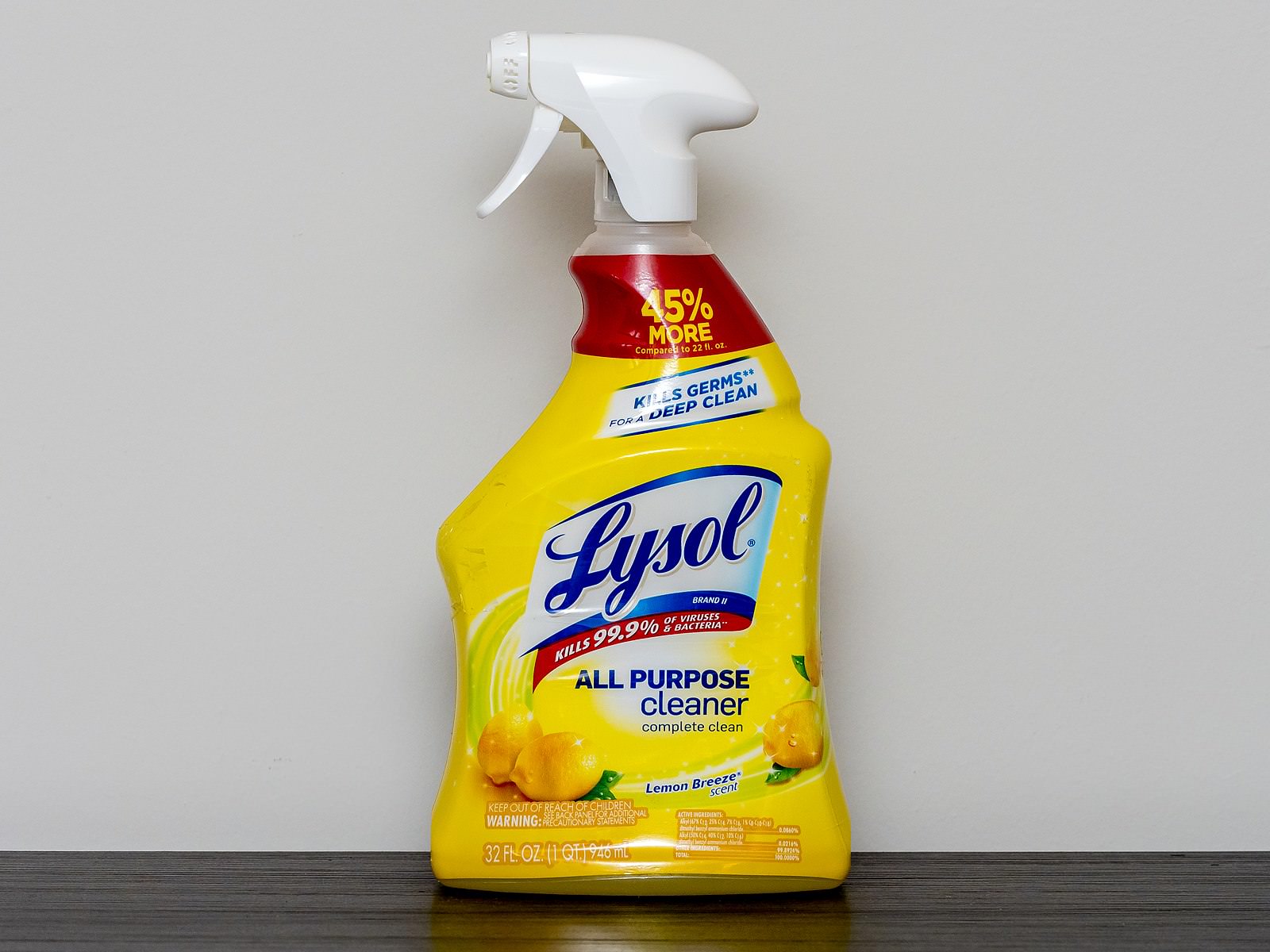U.S. News
WARNING! Toxic chemicals abound in common household products
By Jake Beardslee · September 20, 2023
In brief…
- Many common household cleaners contain potentially dangerous chemicals such as formaldehyde and lye that can cause significant health issues.
- Products such as air fresheners, bleach, oven cleaners, hand sanitizers, and antibacterial cleaners pose risks, especially for children and pregnant women.
- Chemicals in mothballs are toxic and linked to cancer, headaches, dizziness, and nausea.
- Experts advise using gentler cleaning alternatives and always reading labels to avoid mixing dangerous product combinations.
- The EPA's Safer Choice site lists better options.

Many common household cleaners contain potentially dangerous chemicals, experts warn. While products such as bleach, oven cleaners, and air fresheners help keep homes clean, they can also pose health risks, especially for children, pregnant women and pets.
“It’s hard for humans to accept that something I bought at the store could actually be harming me and my family,” Ryan Sullivan, associate professor of chemistry at Carnegie Mellon University, told the Washington Post.
Though labels boast of being “green” or “natural,” questionable ingredients still lurk. Sullivan explained, “Regulations in this country around what you can put in cleaning products and certainly in air fresheners are pretty loose.”
Aerosol and plug-in air fresheners frequently include volatile organic compounds (VOCs) like formaldehyde, which researchers have connected to cancer and other issues. Even small doses of phthalates, also found in air fresheners, can disrupt hormones.
Bleach and other chlorine products irritate eyes, skin, and airways. When combined with ammonia or vinegar, bleach releases toxic chloramine gas. Lye-containing oven cleaners also burn skin and eyes. Swallowing lye is potentially fatal.
The high alcohol content in hand sanitizers, while effective against germs, can poison children who ingest even a small amount.
“Hand sanitizer is sometimes packaged in a way that is very appealing to children,” Pediatrician Dr. Eva Kubiczek-Love told the New York Post. “Many of these products come in bright colors, contain eye-catching glitter or smell enticing to children.”
Dr. Kubiczek-Love warns that children should only use sanitizers under adult supervision with just a small, dime-sized drop in their hands.
Antibacterial cleaners tend to provoke eye and skin irritation. Their pesticide ingredients can damage throats if swallowed. Mothball ingredients naphthalene and paradichlorobenzene are considered carcinogens and can cause anemia, headaches, nausea, and dizziness.
Experts advise avoiding air fresheners altogether. They also urge consumers to read all product labels thoroughly, store cleaners securely, and never mix products. Baking soda, vinegar, and other gentler alternatives can do the jobs of most of these products without the health hazards.
The Environmental Protection Agency’s Safer Choice site lists options vetted for human and environmental safety.